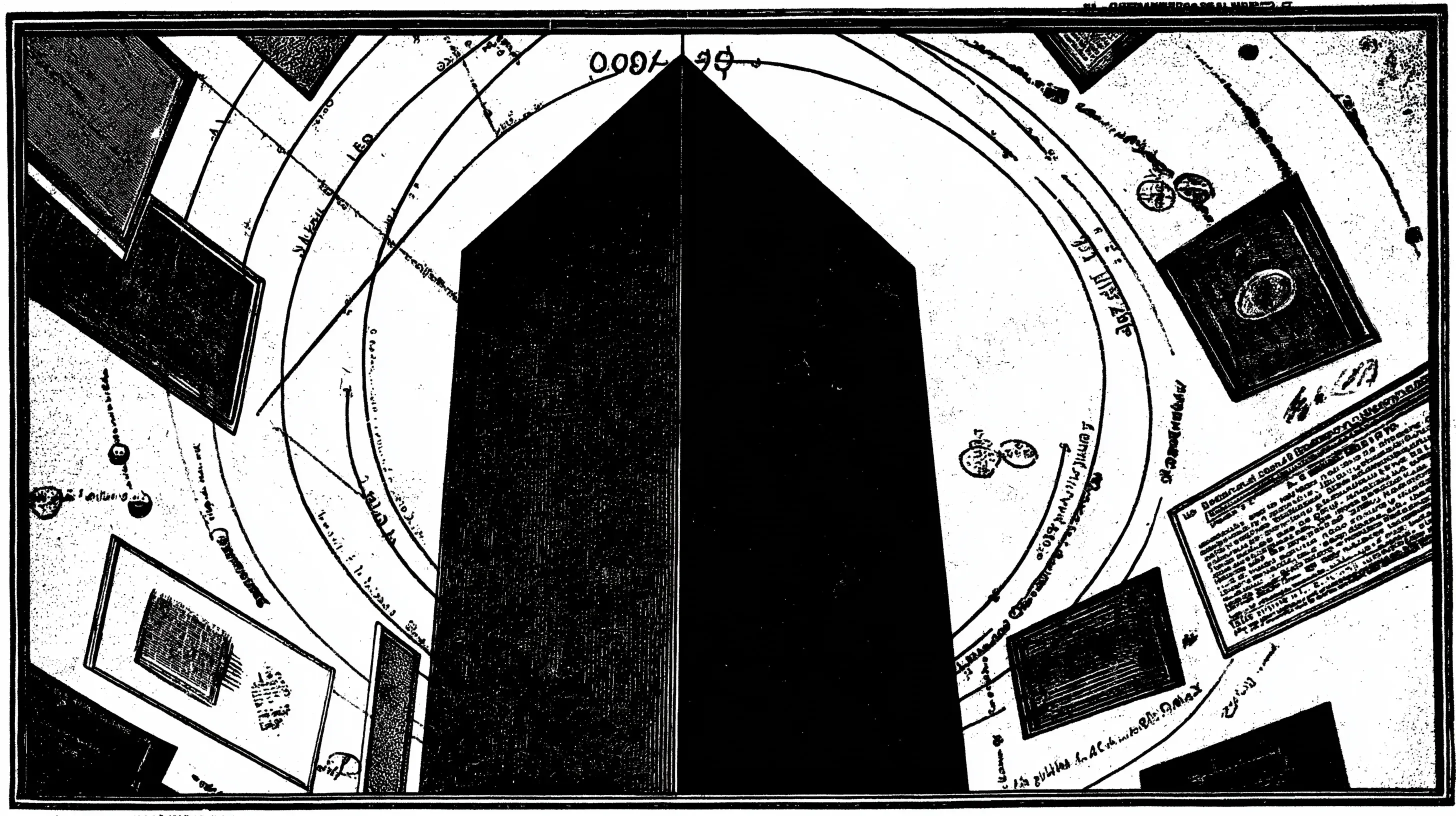The Challenge of Scale
In the realm of software engineering, what separates the possible from the impossible often comes down to a single question: How do we think about the problem?
Conventional wisdom tells us to build incrementally, to iterate on proven patterns, to avoid reinventing the wheel. While sound advice for most projects, this approach crumbles when faced with truly novel challenges—systems that must operate at unprecedented scale, or solve problems no one has tackled before.
First Principles Thinking
At Emidium Science, we approach impossible problems differently. We strip away assumptions, question inherited constraints, and rebuild solutions from fundamental truths. This is first principles thinking in action.
Consider a real-world example: When faced with processing billions of events per day with sub-millisecond latency requirements, the conventional approach would be to scale existing message queue systems horizontally. But first principles thinking asks: What if we don’t need a queue at all?
Breaking Down the Impossible
The key to architecting impossible systems lies in three core principles:
1. Question Every Assumption
What appears to be a hard constraint is often just an inherited belief. Database writes can’t be faster than network latency? Challenge accepted. Real-time collaboration requires complex operational transformation? Not necessarily.
2. Embrace Constraints as Design Tools
Constraints aren’t limitations—they’re specifications for innovation. Limited memory forces elegant data structures. Strict latency requirements drive breakthrough algorithms. Budget constraints inspire architectural creativity.
3. Build for Emergence
The most powerful systems aren’t designed top-down; they’re architected to allow emergent behavior. Simple rules, composable components, and well-defined interfaces create systems greater than the sum of their parts.
From Theory to Reality
Let’s examine how these principles transform into tangible solutions:
Case Study: Real-Time Analytics at Scale
When conventional databases couldn’t deliver the performance we needed, we didn’t just optimize queries—we fundamentally rethought what a database is. By treating time as a first-class dimension and leveraging append-only architectures, we achieved 100x performance improvements over traditional approaches.
The Architecture Mindset
Building impossible systems isn’t about having all the answers upfront. It’s about cultivating a mindset:
- Curiosity over Convention: Always ask “why?” and “what if?”
- Simplicity over Complexity: The best solutions are often the simplest
- Performance as a Feature: Speed isn’t optional; it’s fundamental
- Elegance as Engineering: Beautiful code isn’t just pleasant—it’s maintainable
Conclusion
The architecture of impossible systems begins with impossible questions. It requires the courage to challenge established patterns, the humility to learn from failures, and the persistence to iterate until impossibility becomes inevitability.
At Emidium Science, we don’t just build software. We architect solutions that redefine what’s possible.
Want to discuss impossible systems? Get in touch with our engineering team.
